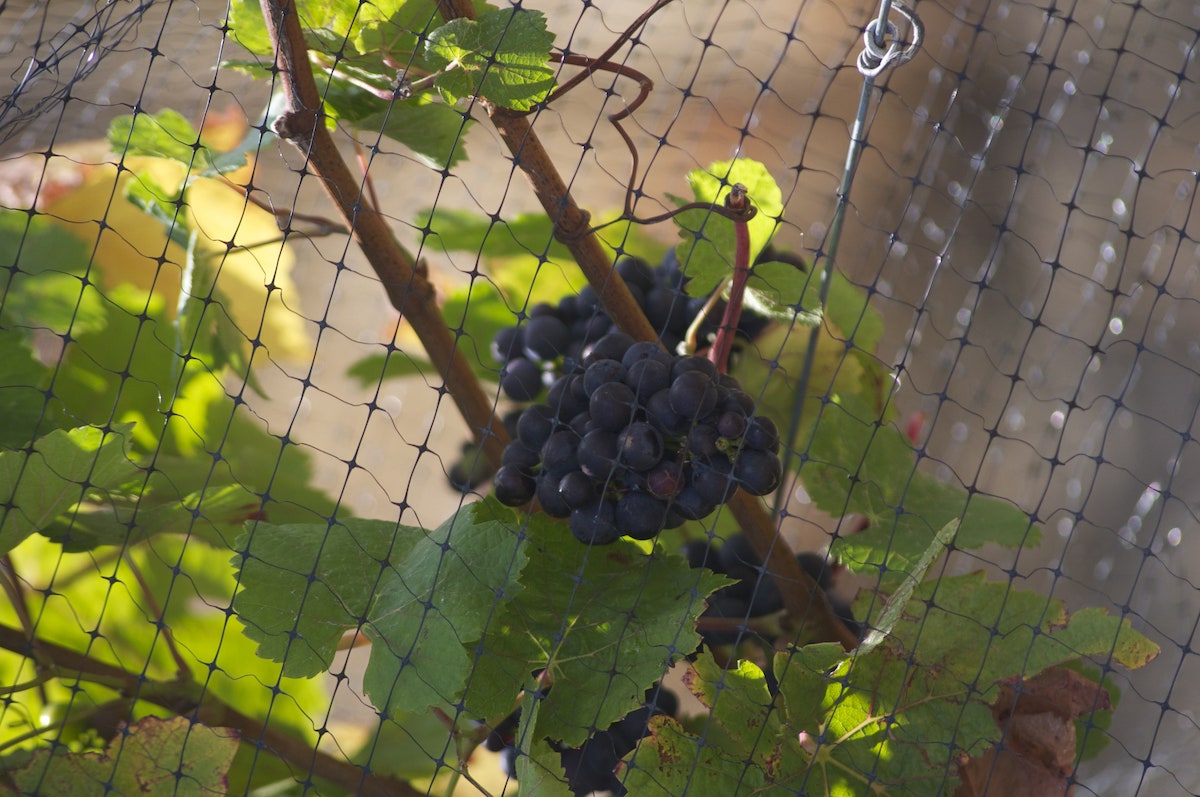
The Root To Water
Dry-Farming For Our Future
by Victoria Voss
The wine industry has long been associated with its reputation as
a water consumer. For the past twelve issues, the Emerald has
featured a different winery or vineyard in Humboldt county.
With our expansion into Trinity and Mendocino Counties,
and with the drought in full effect, we wondered just how
much water is being used to grow some of the best
wine in California?
Dry-farming is a widely utilized practice amongst California farmers. In areas such as the North Coast which typically see plenty of yearly rainfall, dry-farming has turned from a resourceful option to a necessity. In the case of local vineyards, dry-farming seems to be the path most vignerons (wine growers) take if mass production is not their priority.
Elk Prairie Vineyard (“Bottling a Dream,” June 2014), located on Dyerville Loop Road in Myers Flat, has been operating on a dry-farmed system for over a decade. Alan Estrada and his wife Sandy started Elk Prairie in 1992, planting nearly 3,000 vines entirely by hand. Alan explained that they struggled in the beginning to get their vines strong. In an environment with very little water, Alan believes their vines were set back a year in comparison to other vineyards that received continuous watering from the start.
It had taken eight years for Elk Prairie’s roots to grow to a depth at which they could sustain themselves. “My vines have so benefited by my dry-farm practice that, in spite of the only 17 inches of rainfall we had last winter, my canopy is still bright green,” said Alan. As his grapes near their harvest, Alan said he’s only had to trim his hedge three times this season. Without the use of an irrigation system, Elk Prairie is able to produce 600 cases of wine a year, which equals out to roughly 7200 bottles.
Of course there are a few factors that go into successfully dry-farming any crop, one of which is the contents of your soil. Roots have been known to grow 35 feet below the surface as a result of good soil content. When it comes to planting, the vines need to be spaced fairly far apart from one another. Having proper spacing is one of the largest obstacles a dry-farmer may experience. Without adequate distance between each vine, the yield will suffer – unless if you use additional water. The next time you find yourself sipping on a glass of local wine, drink assured that it was likely made with care, not made for mass production.
To learn more about dry-farming or your local wine association visit:
Humboldt County Wine Association – www.HumboldtWines.com
Mendocino Wine Association – www.MendoWine.com
Trinity County – www.VisitTrinity.com
www.ModernFarmer.com



Leave a Reply